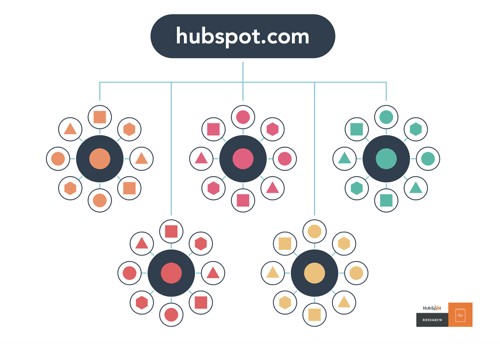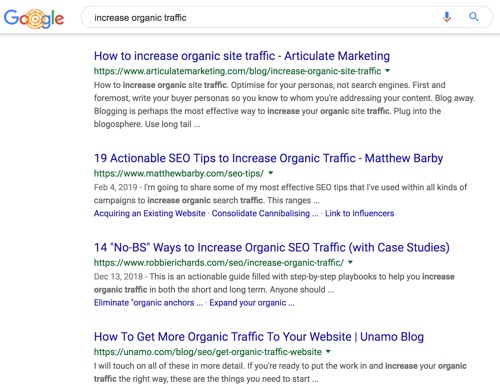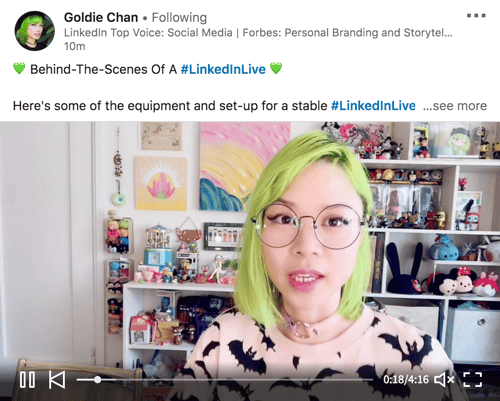It’s been a while since I read an article or watched a video from start to finish.
As a writer, it pains me to admit this. But there’s just too much boring content out there. There’s the same stock photography, the same headlines, and the same “click here to learn more” meta descriptions. And even when I find a post remotely compelling enough to click, I rarely make it through the introduction, because it usually sucks.
To me, it seems like although companies are prioritizing content more, they’re still struggling to cover the basics of conversion. The psychology behind what makes someone click. And honestly, if you understand a few things about storytelling and journalism, it’s not very difficult to turn this around.
With a few adjustments, you can start producing material that’s going to get and hold the attention of your audience.
How To Drive Traffic To Your Website: Understanding Critical Content Engagement Points
To create more engaging content that's going to drive traffic back to your website, anticipate any reason that a reader or viewer may not engage with it. When you're developing an asset, ask:
Why are they going to click on this article through every other article in the SERPS?
If they see this piece shared on our channels, why will it stand out to them? What’s going to catch their eye?
If they start reading the article, will they want to finish?
What do we want to prepare the reader to do next?
It all goes back to being customer centric.
To us, being customer centric means meeting the customer where they are in their individual buyer journey, and giving them the best next step to resolving their task, struggle, or problem. You can read more about our overall customer-centric marketing approach here, which mirrors what I'll discuss in this article.
Basically, with a customer-centric approach in content, you'll craft titles, choose imagery, develop hooks, and provide exceptionally valuable next steps that will make your material bounce-proof. And it starts with your content strategy.
HubSpot topic clusters are perfect to organize and plan your content.
1. Setting Up A Content Strategy For The Right Traffic
In my early days of marketing, I was told that any organic traffic was good organic traffic. But now I know that if you want to get meaningful results from your content, there is such a thing as bad traffic. It’s the kind of traffic that drives up your bounce rate and distorts your understanding of what your customer wants. And it comes from content you're not writing for your ideal customer.
You can prevent this from the beginning. From the very start of your content strategy, choose the right topic clusters and pillar pages. By deciding the topics and themes that you will always cover in your content, you’ll set up a stronger foundation for your material. It will also be easier to structure your website and provide strategic internal links properly.
You also want to be selective and strategic about your keyword selection. When you're developing a blog content strategy, really think through why your customer is searching for a phrase, and what they expect to find. While low-hanging fruit keywords are tempting, if they're not really what your audience is searching for or won’t match the intent of the search, you'll write something that isn’t going to resonate with your customer.
2. Publish Frequently (No Wait, Hear Me Out)
There's back and forth about whether or not publishing every day helps you or hurts you.
Personally, I disagree with people who say that it's not worth it for a few reasons.
First, there isn't any guarantee that your content will rank, even if you do everything right. It's like trying to get a film considered for an Oscar. When production companies submit their films to The Academy, they’re asking for consideration. They submit the film to various categories, and The Academy ultimately votes and decides who wins.
There are a lot of reasons some films win, and some films lose, and often, you never really understand why some outperform others.
For example...
(I will never understand why Green Book won for Best Picture in 2019.)
When you write and publish a blog post, you're submitting it "for consideration" by Google. Again, there are a lot of reasons some content ranks and some doesn’t. It can be the timing, the post, and the quality of the post. And while you can speculate why a post isn’t ranking, you won’t know for sure.
Additionally, when you only write a blog post and "submit" it to Google, you're neglecting all of the ways you can reinvent that content for other channels. By publishing more high-quality posts, experimenting with different styles, and repurposing content for a lot of platforms, you're only increasing your chances of success.
There's one article that stands out from the rest. Can you guess which one it is?
3. Win The Click
From the first time a customer searches for a keyword and comes across your post or video, they’re going to decide about whether or not they will click. Then, when they click and start skimming the introduction, they will decide whether or not to continue. If they make it to the end, they’ll decide whether or not they’re going to convert on the CTA.
That’s why the first click is so critical. While in the short-term, headlines, meta descriptions, and even featured images don't seem as important as the actual post, they're actually the things that will quickly win or lose you a click. And every customer starts with a click.
4. Get More Mileage From Assets
If you want to get more clicks from your content, you need to get more mileage from your assets. That means sharing assets more than once, finding any opportunity to distribute material and repurposing and editing content for different channels.
One of my favorite suggestions for getting more mileage from assets is stronger investments in topics that your sales team will absolutely use. If you have a ton of blog posts that cover questions and challenges that your sales team talks to customers about all the time, you’ve got a library of resources they’ll always be sending out in emails and in chats.
Another approach is to create articles and videos that you can use across your website.
It's not B2B or a startup, but I stumbled on this website this week about online ukulele lessons. The site has a video for every chord you can play on a ukulele. They can distribute that content in dozens of ways, such as on their homepage, in blog posts, or on YouTube.
Even if they never bring in any organic traffic, those assets are valuable because it’s information that their target customer is absolutely seeking.
Goldie Chan is a LinkedIn influencer that's great at sharing snippets of awesome video content.
5. Produce More Bite-Sized Content
When people start making business marketing videos and podcasts, they tend to create assets that are 10-20 minutes long. Then, they share those assets on Facebook or YouTube and wonder why people aren’t watching or listening to the entire thing.
First, unless the video has so much incredibly valuable content that it needs to be that long, you have not built the rapport or built the trust necessary for that kind of time commitment from new viewers.
Second, when you’re distributing content, you need to consider the platform. For most social platforms, a better way to hook people and bring them back to longer content is with smaller bites of that content that are quicker and snappier. It’s like serving an appetizer before bringing out the main course. You can snip an enticing clip of a long video and use that as bait to drive a new viewer back to the resource.
Creating A Strong Foundation For Content
If you want to create assets that drive a ton of engagement, you need to make a commitment to your reader. It requires additional time and resources towards better headlines and more compelling material. But it's well worth the investment. And with the right inbound marketing tactics in place, you can gain even more traction from all of your content efforts.
Before long, you'll have a strong process in place to regularly publishing content and in time, driving massive organic website traffic.








